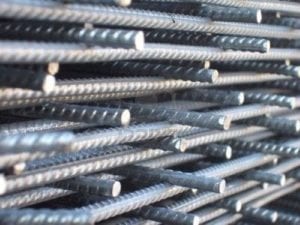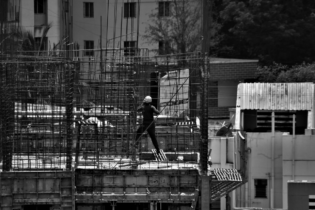 An increase in local steel prices was announced by ArcelorMittal South Africa (AMSA) as pressure from international markets continues to weigh in on the South African steel industry.
An increase in local steel prices was announced by ArcelorMittal South Africa (AMSA) as pressure from international markets continues to weigh in on the South African steel industry.
Keeping Vanderbijlpark Works afloat
AMSA’s Vanderbijlpark Works is one of the world’s largest inland steel mills and the largest supplier of flat steel products in sub-Saharan Africa. The company said that its works continued to face sustainability pressure despite an ongoing turnaround strategy and government initiatives to help the local steel sector. “The price increases are essential to address the current losses at the Vanderbijlpark works, while considering the fair pricing principles and progress on the application for safeguard duties and designation of steel for the building and construction industry,” Ngapo said. Chief marketing officer at AMSA, Alph Ngapo, said the increases were in line with normal market practice and were aligned with the fair pricing principles applicable to flat products, which were being finalised with government. The company said it was careful to ensure that price increases remained within the boundaries of the committed pricing principles and the sustainability of the business, particularly on Flat Steel products. The price increases ranged between 4,3% for colour-coated coil and 10,2% for hot-rolled coil. The global steel industry reflected record losses last year and since June this year, significant price increases were introduced, including:- The price of iron ore increased by 54%
- Coking coal increased by 243%
- There has been an international raw material basket increase of 98%
- Chinese Hot Rolled Coil (HRC) increased by 38%
- Rebar increased by 35%
In its pricing decision, AMSA said it would continue to honour its commitments in terms of the pricing principles as well as the conditions related to the imposition of duties.
“We still await government’s approval of safeguards on HRC and CRC,” Ngapo said. “Designation of steel for the building and construction industry is also still awaited and is critical to assist downstream manufacturers.” He added that while AMSA was in a tenuous position, creating a sustainable and profitable business was critical to ensuring that the steel industry could continue to “play its part in the future growth and development of the country”.







